Forest Sessions
Child led play and learning
Forest Learning is a specialised learning approach where children are encouraged to play, explore and learn in a forest or natural environment and a trained practitioner will assist the child led activity.
Regular opportunities are available and we go out in all weathers throughout the year to learn outside, embracing all that nature has to offer.
Child led play and learning
Forest Learning is a specialised learning approach where children are encouraged to play, explore and learn in a forest or natural environment and a trained practitioner will assist the child led activity.
Regular opportunities are available and we go out in all weathers throughout the year to learn outside, embracing all that nature has to offer.
Benefits
Forest learning supports the development of language skills, as children talk about objects in the context of their play. They are generally less noisy than closed rooms, and noise has been shown to be a factor in the stress level of children and staff.
Children who attend forest nurseries experience fewer injuries due to accidents and are less likely to injure themselves in a fall.
Benefits
Forest learning supports the development of language skills, as children talk about objects in the context of their play. They are generally less noisy than closed rooms, and noise has been shown to be a factor in the stress level of children and staff.
Children who attend forest nurseries experience fewer injuries due to accidents and are less likely to injure themselves in a fall.
Playing outside for prolonged periods has been shown to have a positive impact on children’s development, particularly in the areas of
- balance and agility
- manual dexterity,
- physical coordination,
- tactile sensitivity
- depth perception
- strengthens immune systems
All these benefits apply also to the staff who look after your children!
Playing outside for prolonged periods has been shown to have a positive impact on children’s development, particularly in the areas of
- balance and agility
- manual dexterity,
- physical coordination,
- tactile sensitivity
- depth perception
- strengthens immune systems
All these benefits apply also to the staff who look after your children!
Our Sessions
Every forest learning session is pre-planned based on our observations of what the children do and say each trip and the interests of the group from the last session. This allows us to follow the minds and ideas of the children, to keep them captivated by the environment.
Our Sessions
Every forest learning session is pre-planned based on our observations of what the children do and say each trip and the interests of the group from the last session. This allows us to follow the minds and ideas of the children, to keep them captivated by the environment.
Our floor books
When documenting our Forest learning, each key group have their very own floor book – a large scrap book style journal. This is where we add our photo’s, thought’s, pictures and observations after every trip . The children sign the book themselves, stick in the pictures (or make a little drawing) and then we all sit together and discuss our experiences.
Our floor books
When documenting our Forest learning, each key group have their very own floor book – a large scrap book style journal. This is where we add our photo’s, thought’s, pictures and observations after every trip . The children sign the book themselves, stick in the pictures (or make a little drawing) and then we all sit together and discuss our experiences.
Using feedback
We, the staff team, ask the children what they wish to do for the next Forest learning session and provide resources to enable the children to achieve their goals.
After each trip we write a small PLOD (Possible Line Of Direction) based on what we have observed and what the children wish to do next time. This enables us to follow the children’s interests in their play so that their learning is even more beneficial.
Using feedback
We, the staff team, ask the children what they wish to do for the next Forest learning session and provide resources to enable the children to achieve their goals.
After each trip we write a small PLOD (Possible Line Of Direction) based on what we have observed and what the children wish to do next time. This enables us to follow the children’s interests in their play so that their learning is even more beneficial.
A typical session
A first session of Forest learning involves allowing the child to explore their new surroundings, establishing boundaries and helping the children identify any associated risks.
Our children might be involved in; playing imaginative games, role play, building shelters from branches, counting objects, listening to stories, singing songs and rhymes, arranging items to make a picture, or building a toy, climbing trees and exploring the forest, playing hide-and-seek, exploring or just resting.
A typical session
A first session of Forest learning involves allowing the child to explore their new surroundings, establishing boundaries and helping the children identify any associated risks.
Our children might be involved in; playing imaginative games, role play, building shelters from branches, counting objects, listening to stories, singing songs and rhymes, arranging items to make a picture, or building a toy, climbing trees and exploring the forest, playing hide-and-seek, exploring or just resting.
At a glance
- We have a dedicated woodland space to carry out Forest Sessions
- We exceed the staff -to -child ratio minimum requirements where every child gets personal, individualised attention
- Waterproofs, hat, scarves, gloves are provided
At a glance
- We have a dedicated woodland space to carry out Forest Sessions
- We exceed the staff -to -child ratio minimum requirements where every child gets personal, individualised attention
- Waterproofs, hat, scarves, gloves are provided

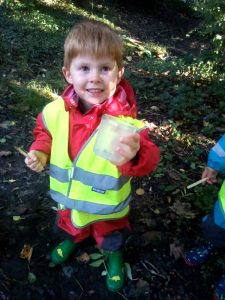
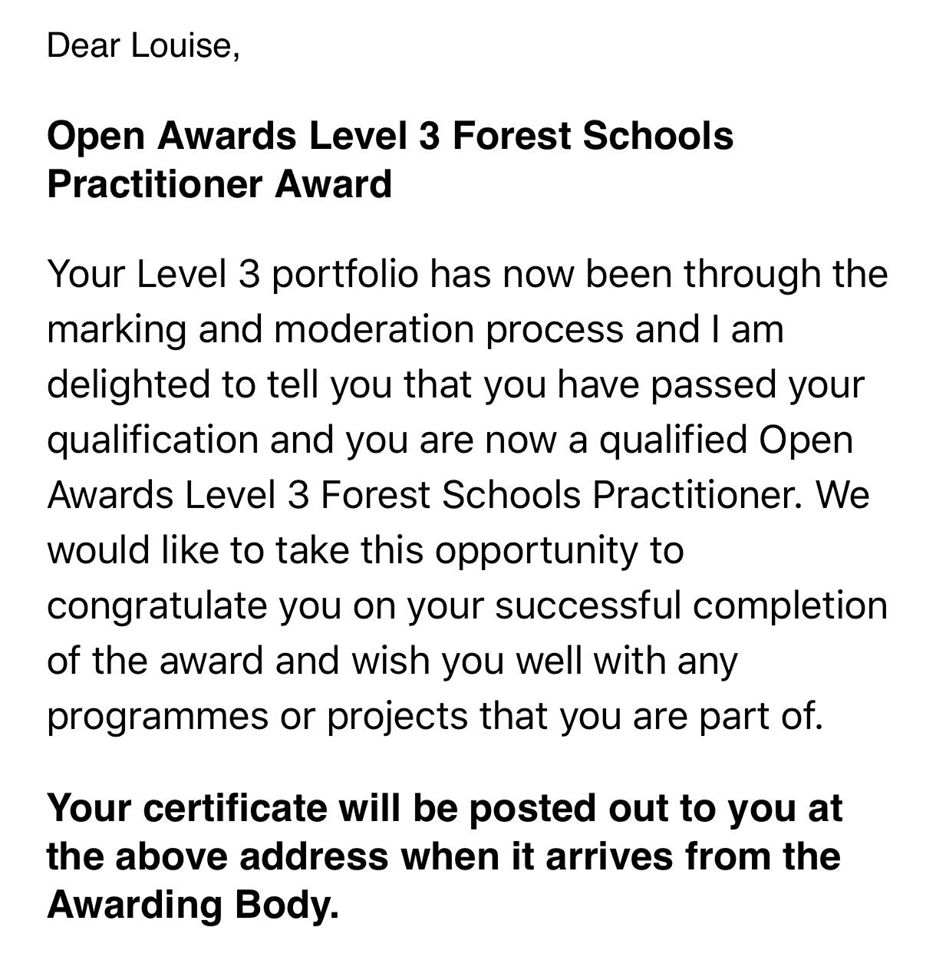
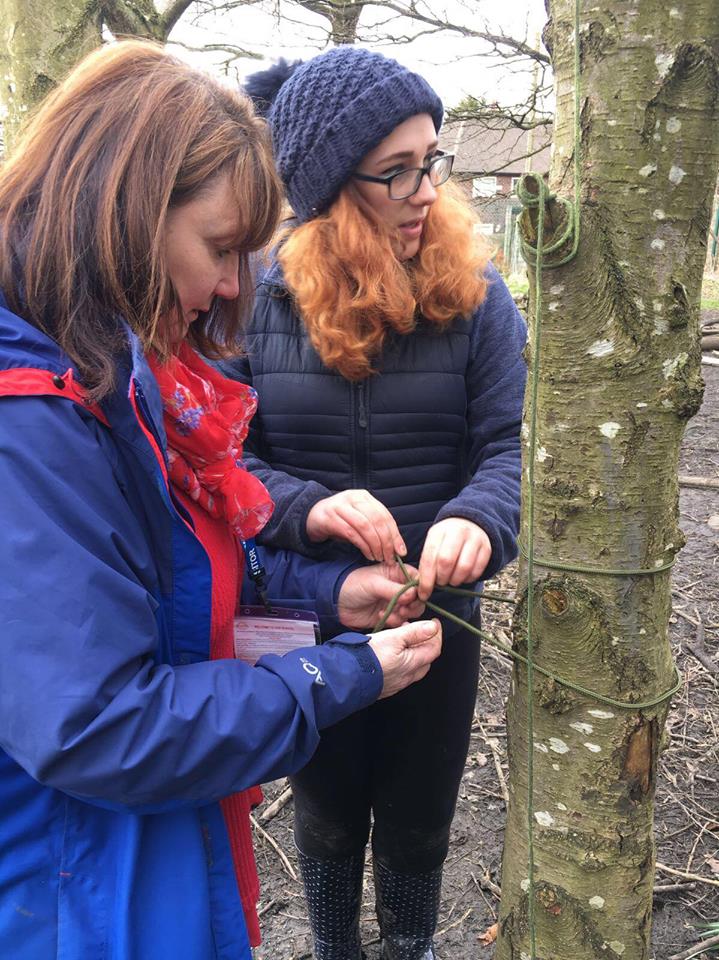
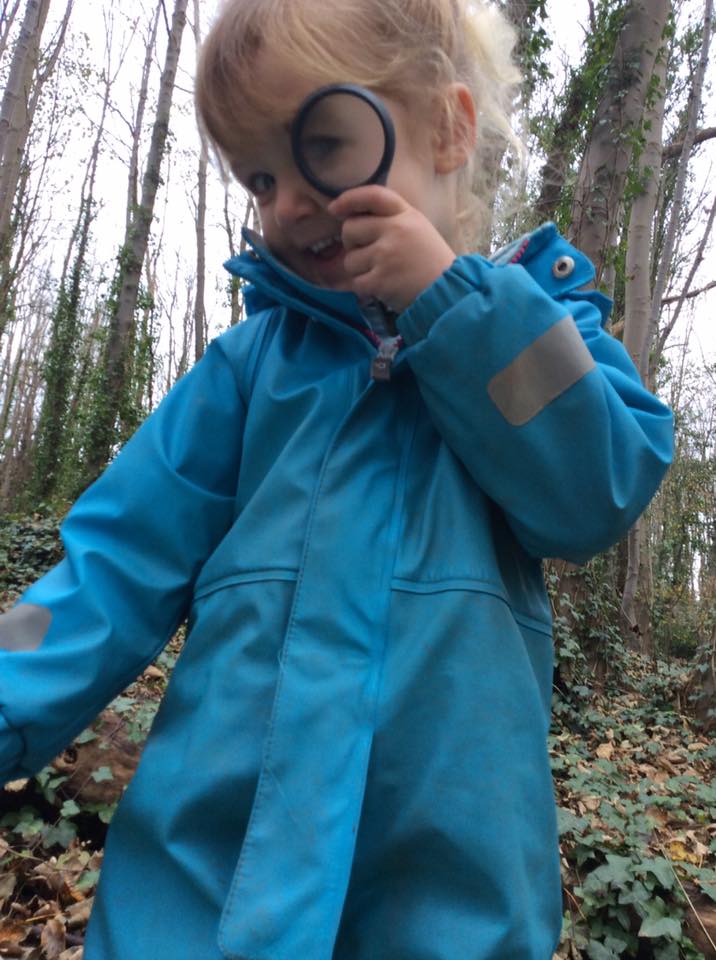
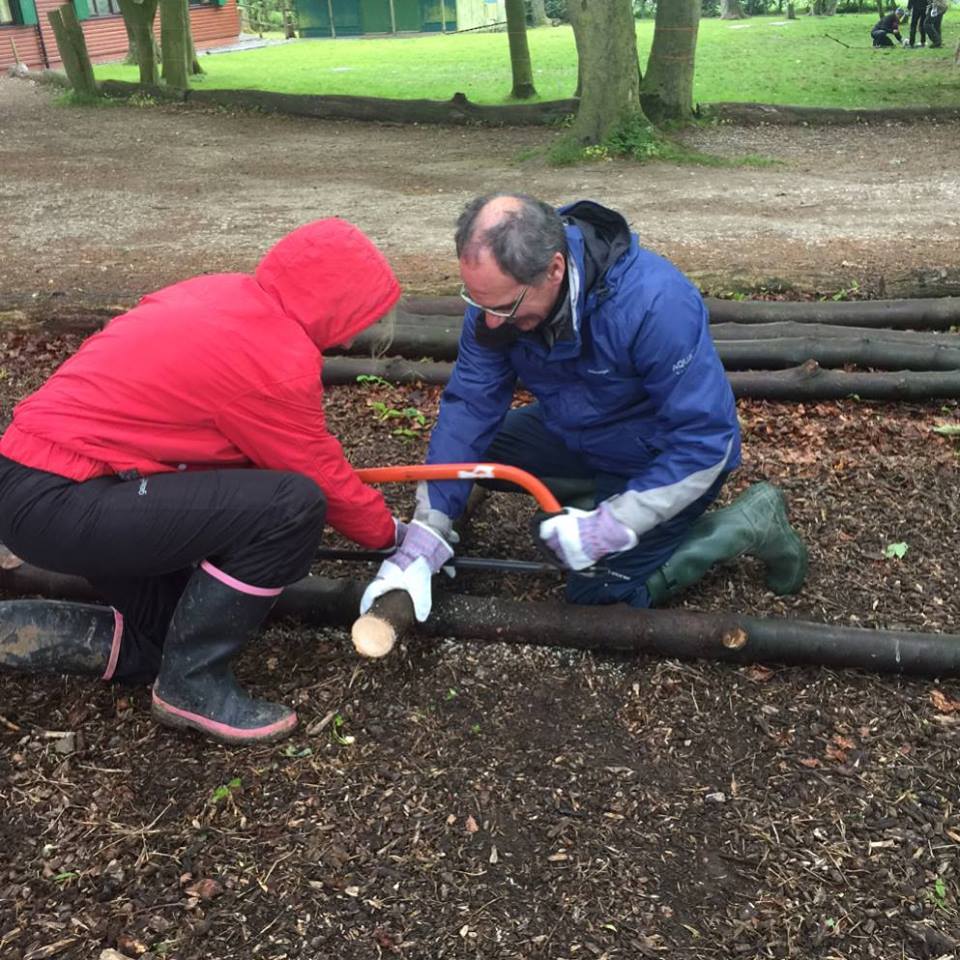
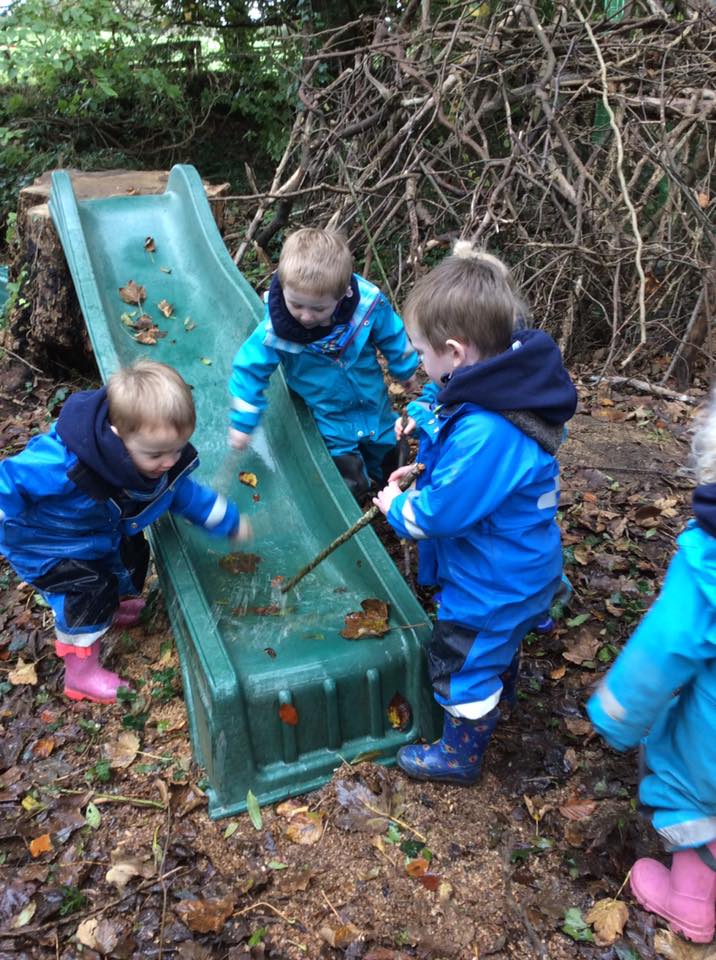
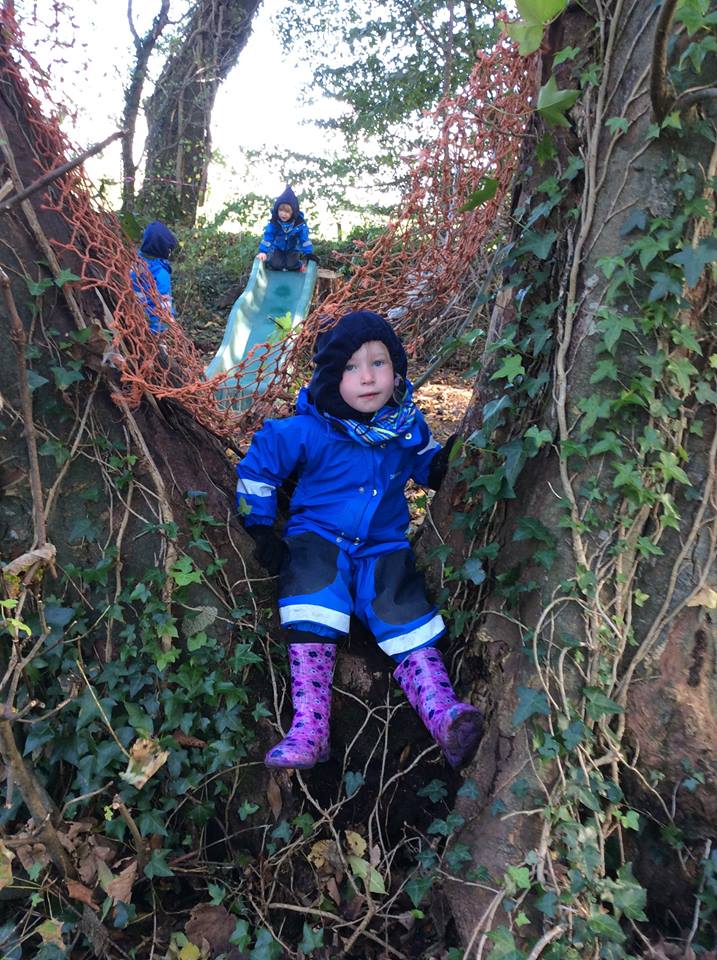
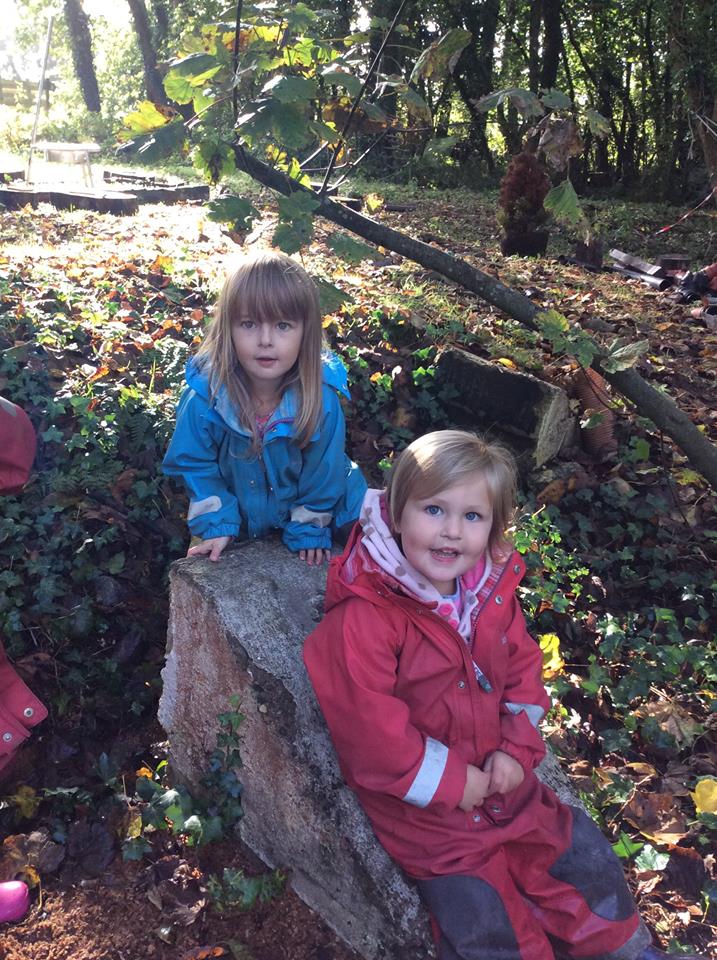
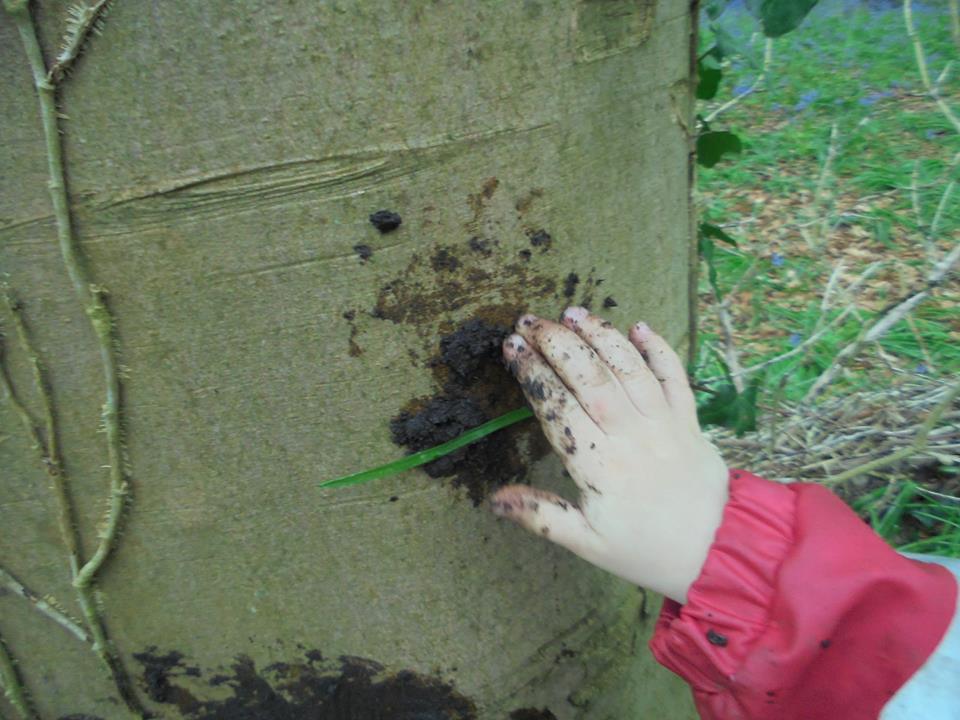
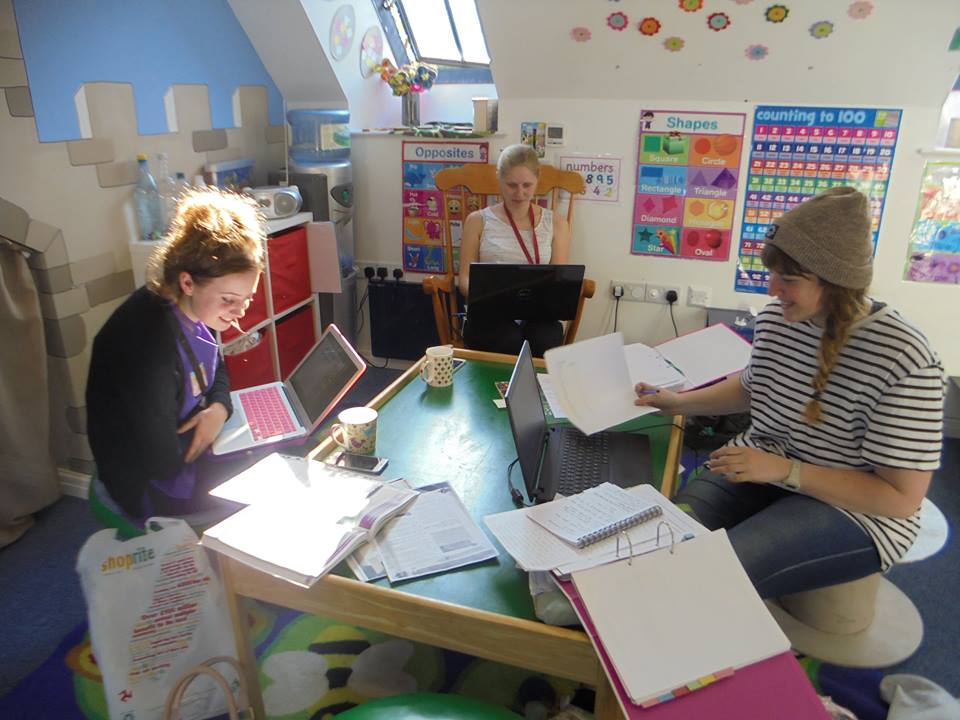
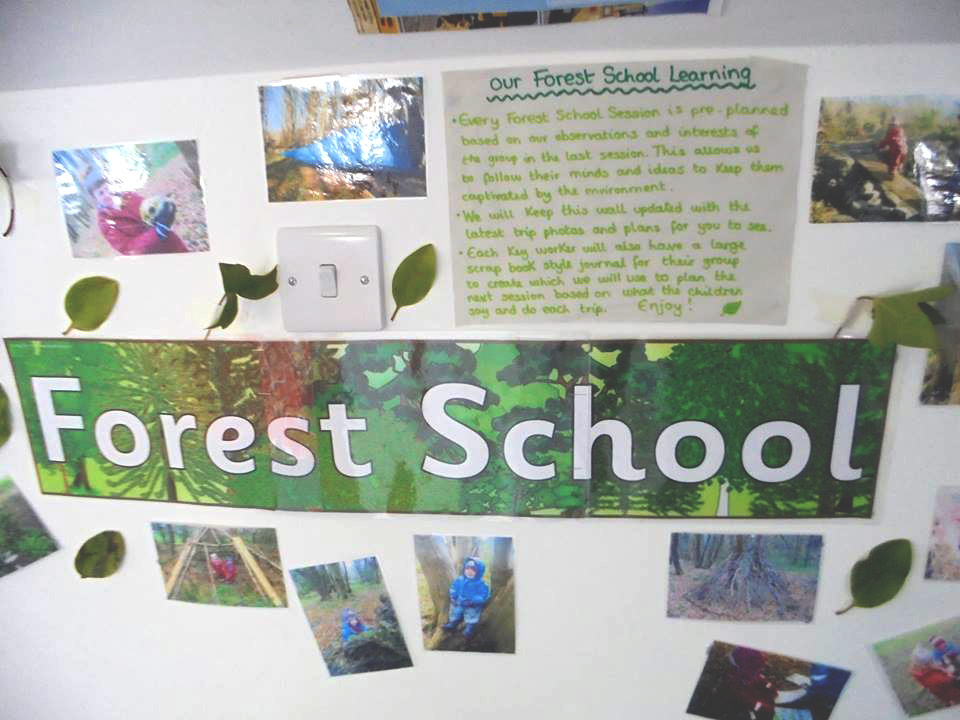
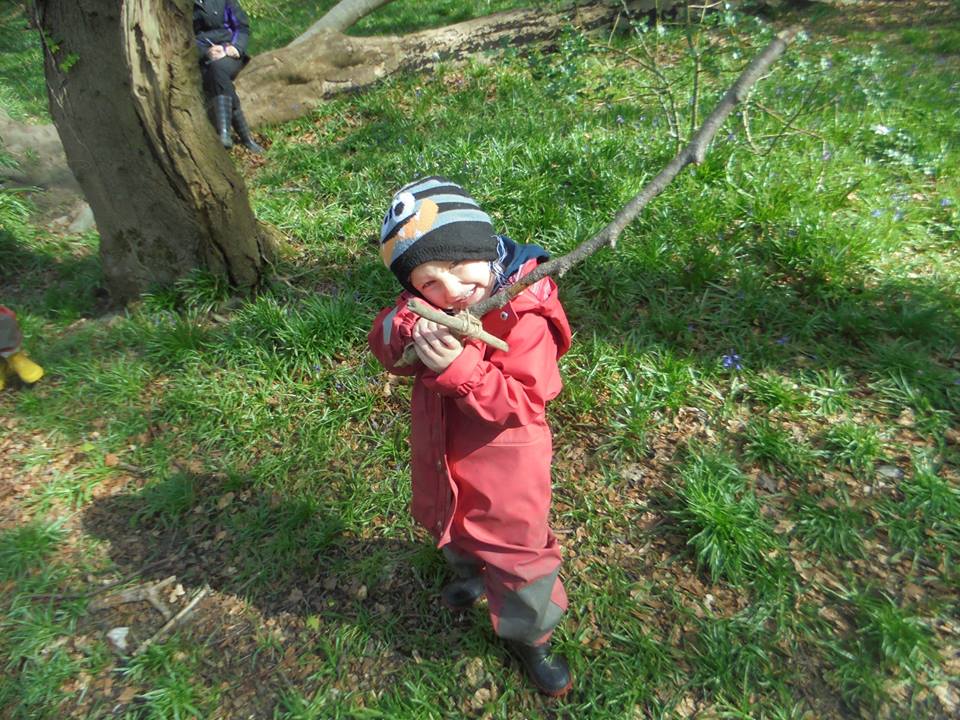
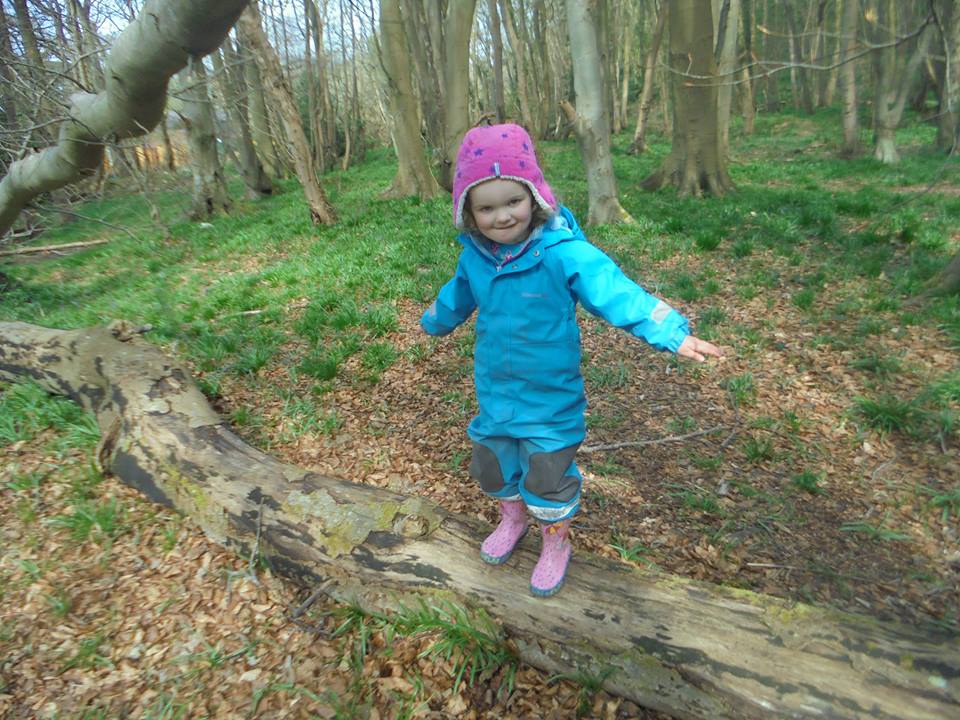
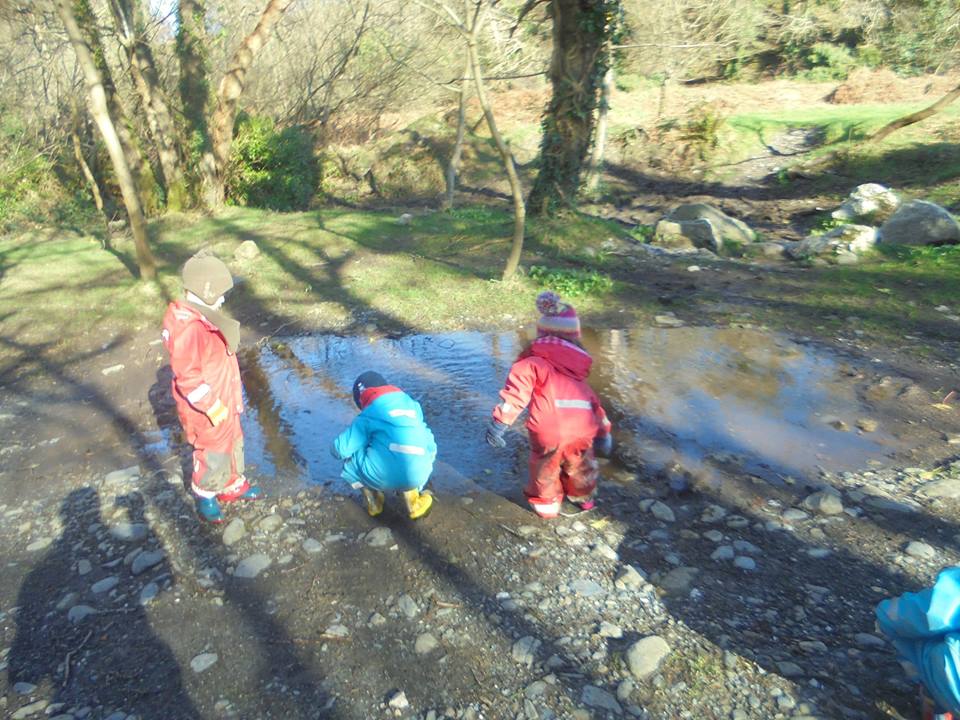
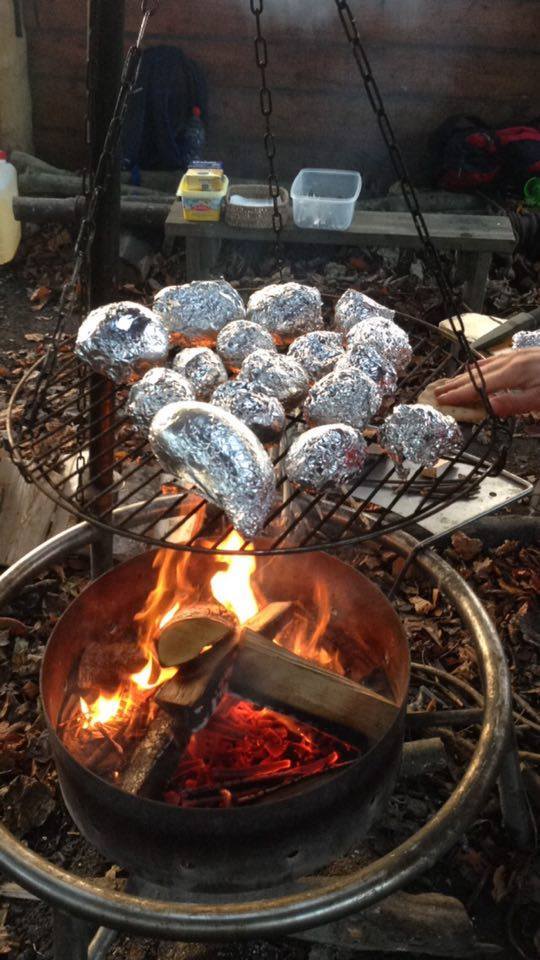
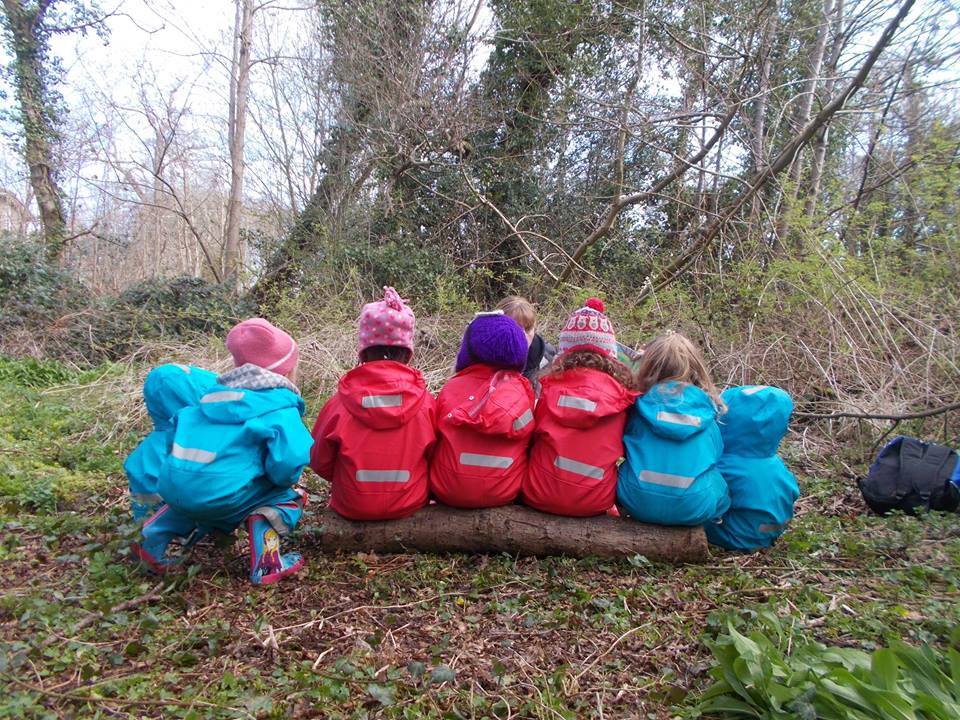
LATEST NEWS
OPENING TIMES
Little Cherubs Nature Nursery (Strang)
All year except Christmas to New Year, Thursday and Friday of TT week and all Bank Holidays.